
Introduction
Throughout history, warfare has been a catalyst for innovation, driving societies to develop technologies that not only transformed military strategies but also reshaped civilizations. From the rudimentary tools of early humans to sophisticated siege engines, the evolution of warfare technology has played a pivotal role in determining the outcomes of conflicts and the rise and fall of empires. This article explores the ancient technologies that revolutionized the battlefield, examining how these innovations laid the groundwork for modern military tactics and strategies.
Read Unusual Historical Medical Practices: A Journey Through the Bizarre
The Birth of Military Technology
- The Stone Age: The Dawn of Warfare Tools
- The earliest evidence of military technology dates back to prehistoric times when humans relied on basic tools made from stone, wood, and bone. These primitive weapons included spears, clubs, and slingshots, which were essential for hunting and defense against predators.
- The Role of Fortifications: The construction of defensive structures such as the walls of Jericho (circa 8000 BCE) marked a significant advancement in military strategy. These walls not only protected settlements but also represented an early understanding of strategic defense.

- The Bronze Age: The Rise of Advanced Weaponry
- The advent of metallurgy brought about a revolution in weaponry. The Hittites were among the first to master ironworking around 1200 BCE, allowing them to forge stronger weapons and armor.

- Chariots: The introduction of chariots transformed battlefield mobility and tactics. Used by civilizations such as the Egyptians and Hittites, chariots allowed for rapid troop movements and effective hit-and-run tactics.

- The Iron Age: A New Era of Warfare
- With the widespread use of iron, armies could produce more durable weapons and armor. This era saw the emergence of powerful infantry units equipped with swords, shields, and spears.
- Phalanx Formation: The Greek city-states developed the phalanx formation, which utilized heavily armed infantrymen (hoplites) standing shoulder to shoulder. This tactic emphasized discipline and coordination, making it a formidable force on the battlefield.
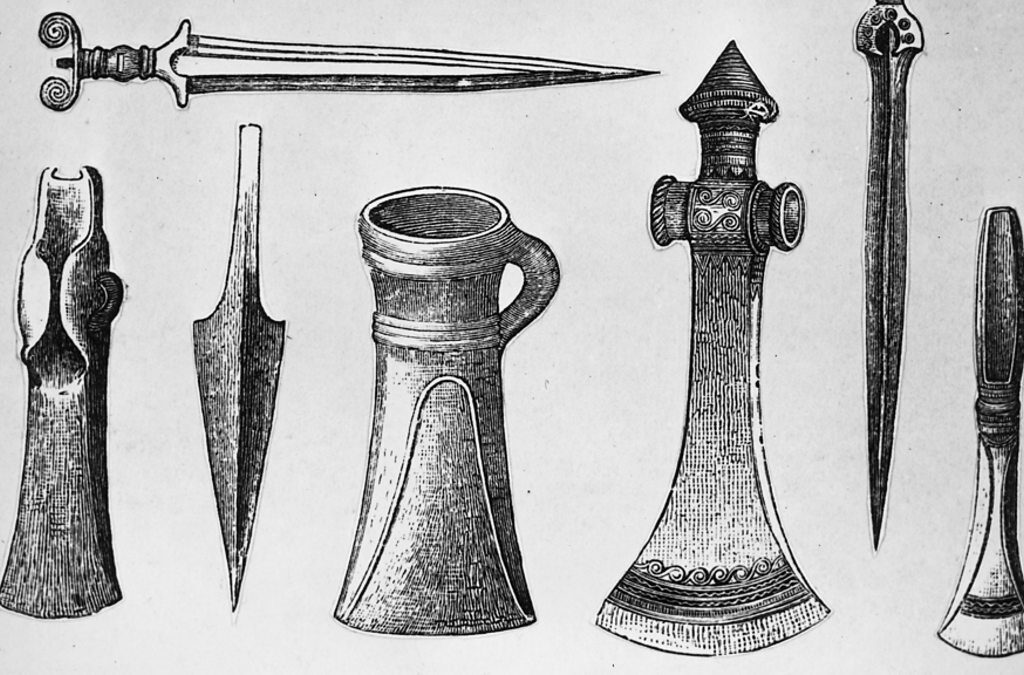
Innovations That Changed Warfare
- Siege Engines: Breaching Fortifications
- One of the most significant advancements in ancient warfare was the development of siege engines. Devices like catapults and trebuchets allowed armies to breach fortified walls effectively.
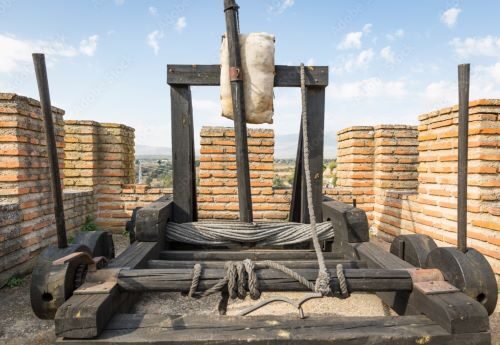
- Archimedes’ War Machines: During the Siege of Syracuse in 212 BCE, Archimedes designed powerful war machines that defended the city against Roman invaders. His innovations showcased how scientific knowledge could be applied to military engineering.
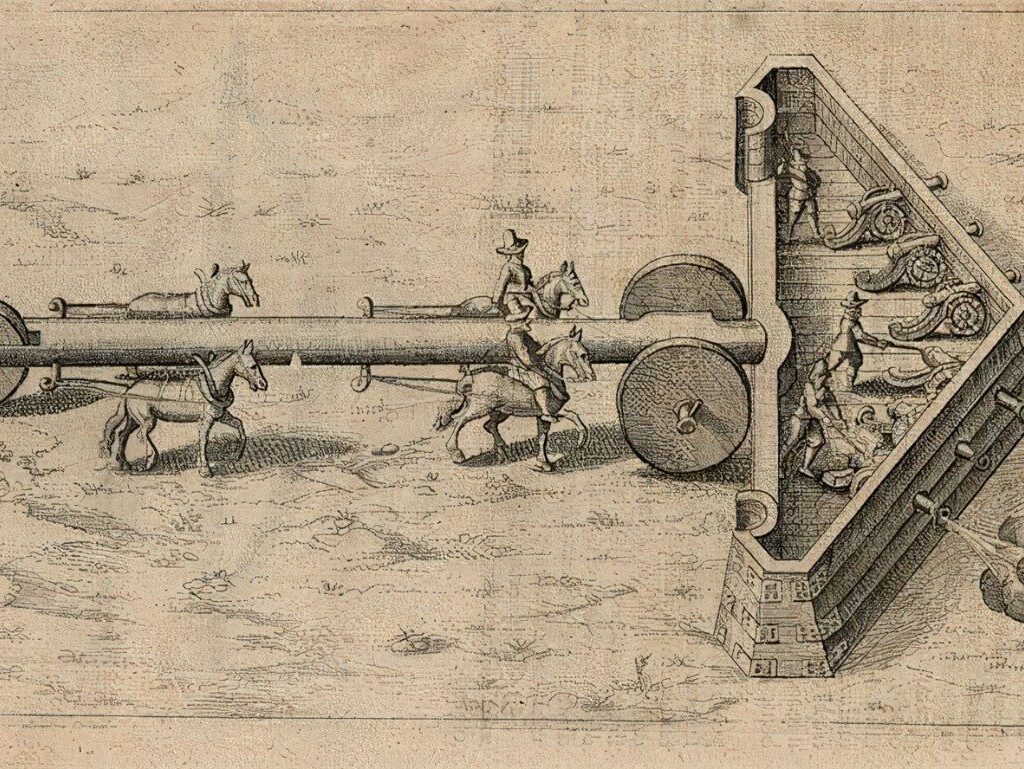
- The Bow and Arrow: Precision Strikes
- The bow and arrow emerged as a game-changer on the battlefield. This weapon provided a range advantage over traditional melee weapons, allowing archers to strike from a distance.
- Tactical Advantages: Archers played crucial roles in various conflicts, including the Battle of Agincourt (1415), where English longbowmen decimated French knights with their rapid volleys.
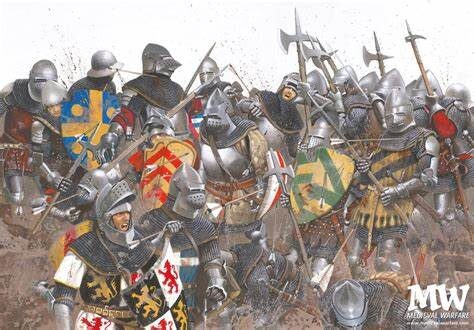
- Naval Warfare: Mastering the Seas
- Ancient civilizations recognized the importance of naval power in warfare. The Phoenicians were renowned for their advanced shipbuilding techniques and mastery of navigation.
- The Trireme: This fast and agile warship was instrumental in naval battles such as the Battle of Salamis (480 BCE), where Greek forces defeated the Persian fleet through superior tactics and ship design.
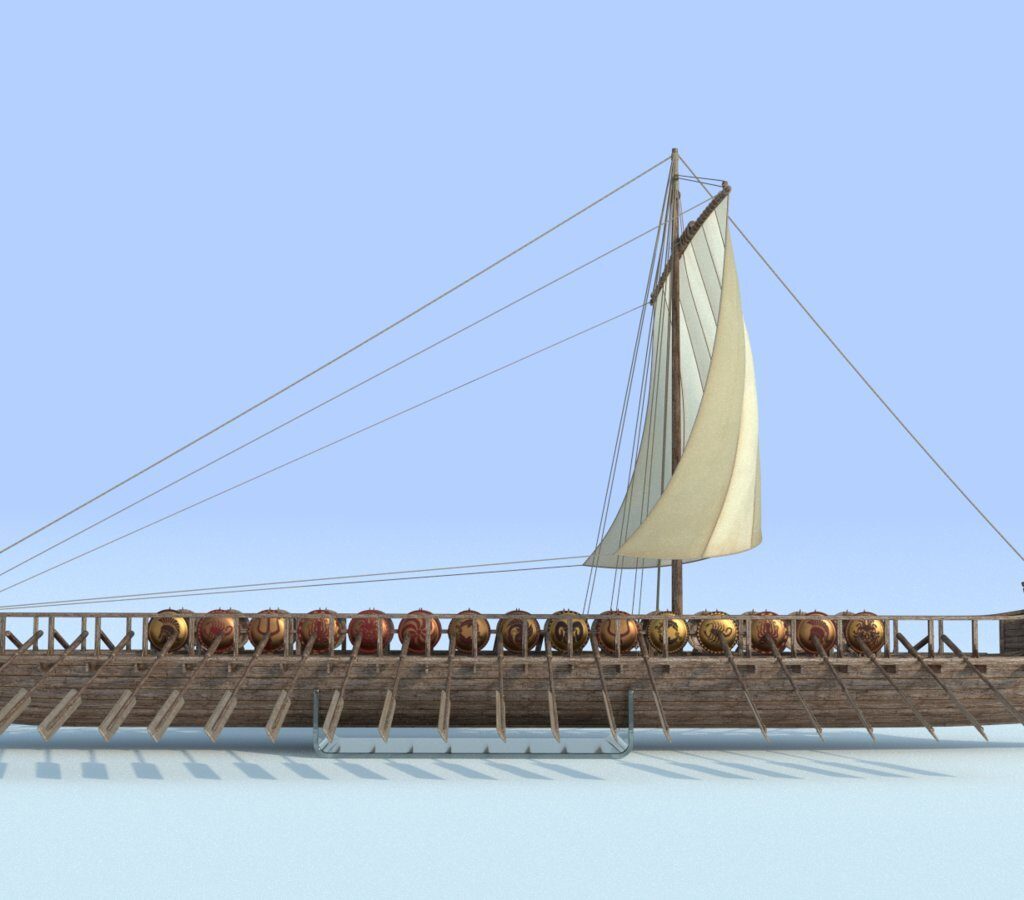
- Communication Innovations: Coordinating Forces
- Effective communication was vital for coordinating military operations in ancient warfare. Innovations such as signal flags, smoke signals, and drums enabled commanders to relay orders across distances.
- Messenger Systems: Mounted riders served as messengers, delivering urgent directives swiftly. This capability significantly impacted battle outcomes by allowing leaders to respond rapidly to changing situations.
- Psychological Warfare: Intimidation Tactics
- Ancient armies often employed psychological tactics to demoralize their enemies before engaging in battle. Displaying captured standards or using loud war cries could instill fear in opposing forces.
- The Use of Elephants: In battles like those fought by Hannibal during the Second Punic War (218-201 BCE), war elephants were used not only as powerful combatants but also as psychological tools to intimidate enemy troops.
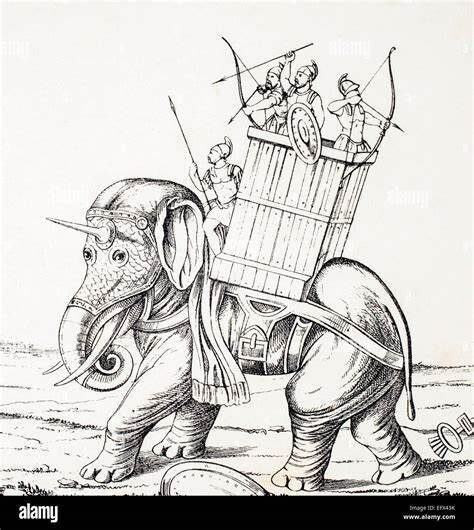
Case Studies in Ancient Warfare Technology
- The Roman Legions: Engineering Marvels
- The Roman Empire’s military success can be attributed to its engineering prowess. Roman legions utilized advanced siege techniques and constructed fortifications that were unmatched at their time.
- Road Networks: The extensive road systems built by Romans facilitated rapid troop movements across vast distances, allowing them to respond quickly to threats.
- Mesoamerican Warfare: Unique Innovations
- Civilizations like the Aztecs developed unique technologies tailored to their environments. They utilized wooden swords edged with obsidian for close combat.
- Ball Game as Training: The Mesoamerican ball game served not only as entertainment but also as a training ground for warriors, emphasizing agility and strategy.

- Chinese Gunpowder Technology
- By the 9th century CE, Chinese inventors had discovered gunpowder, which would eventually revolutionize warfare globally.
- Fire Lancers: Early gunpowder weapons like fire lancers combined traditional projectile weaponry with explosive capabilities, changing battle dynamics forever.
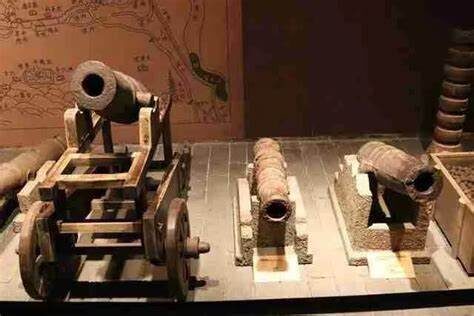
- The Mongol Horde: Mobility and Strategy
- The Mongols under Genghis Khan utilized superior mobility through horseback riding combined with composite bows that allowed them to shoot accurately while riding at high speeds.
- Psychological Tactics: Their reputation for brutality often preceded them, leading some cities to surrender without a fight due to fear.

The Legacy of Ancient Warfare Technology
- Influence on Modern Military Strategies
- Many principles established during ancient warfare continue to influence modern military strategies today. Concepts like flanking maneuvers or coordinated assaults can be traced back to ancient tactics.
- Technological Evolution
- The progression from simple stone tools to complex siege engines reflects humanity’s unending quest for improvement in warfare technology—a trend that continues into contemporary times with advancements like drones and cyber warfare.
- Cultural Impact
- Ancient warfare technologies shaped not only military outcomes but also cultural narratives around heroism, honor, and sacrifice—themes that resonate through literature and media today.
Read “From Plato to Physics: How Greek Elites Shaped Modern Science!”
Conclusion
The evolution of warfare technology has been a driving force behind human history’s most significant events. From primitive tools used by early humans to advanced siege engines that changed battle dynamics forever, these innovations have shaped civilizations and determined fates on countless occasions. Understanding these ancient technologies allows us to appreciate how far we’ve come while recognizing that many foundational principles remain relevant today. As we look forward into an era characterized by digital warfare and artificial intelligence, it is essential to remember our past—to acknowledge those who paved the way with their ingenuity and creativity on ancient battlefields. Warfare may evolve, but the spirit of innovation will always remain at its core.
Related Websites
- Military Knowledge Base – An overview of technology’s role in ancient warfare.
- Britannica – A comprehensive resource on military technology throughout history.
- Science Shot – Insights into how scientific discoveries have influenced warfare.
- Wikipedia on Mesoamerican Technology – Information on technological advancements in Mesoamerica.
- CIAO Test – Analysis on technology’s impact on warfare conduct.
By exploring these ancient innovations that changed battlefields forever, we gain insights into how technology shapes our world—past, present, and future—and how it continues to redefine conflict in ways we are only beginning to understand.


Sharp